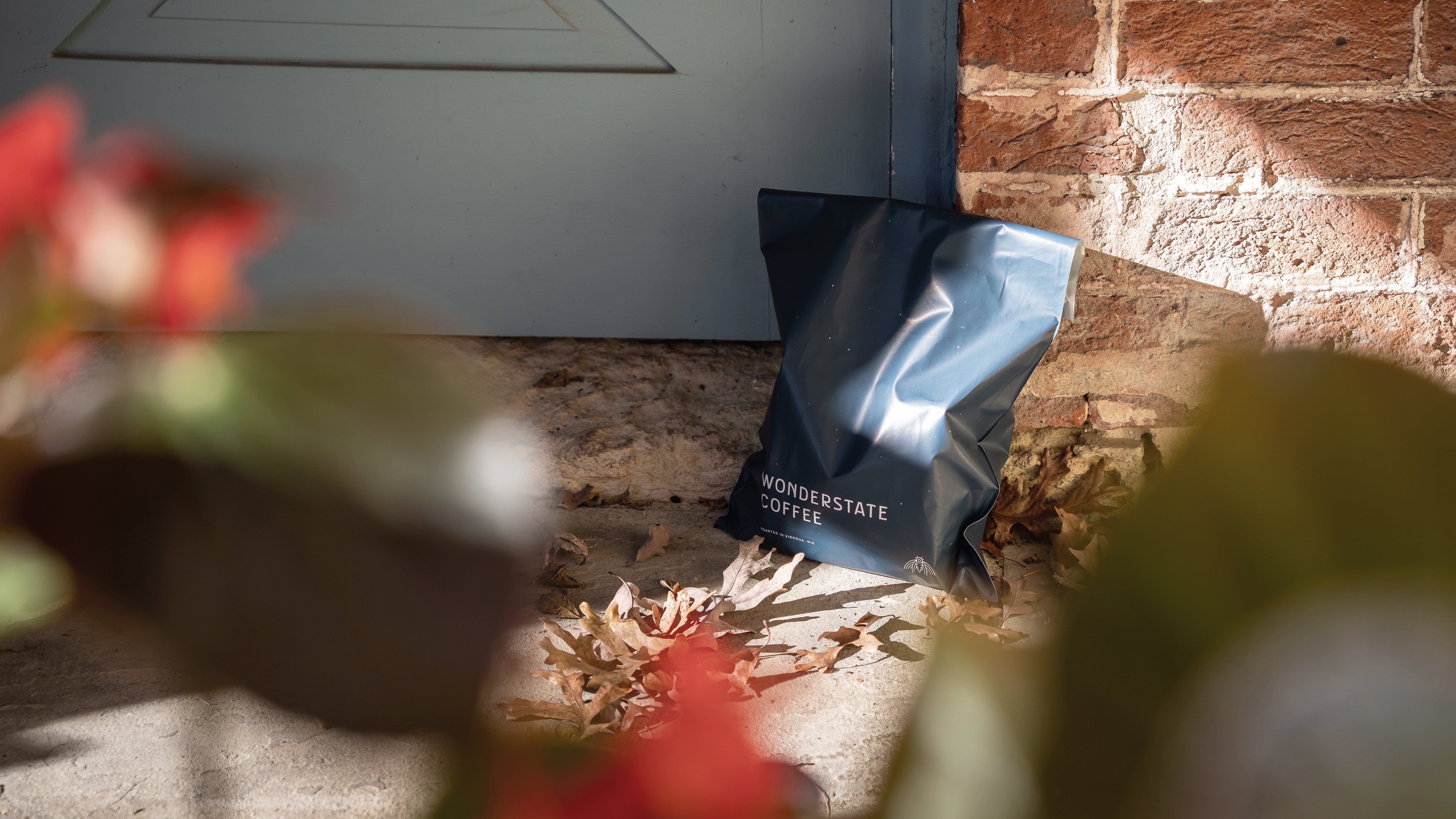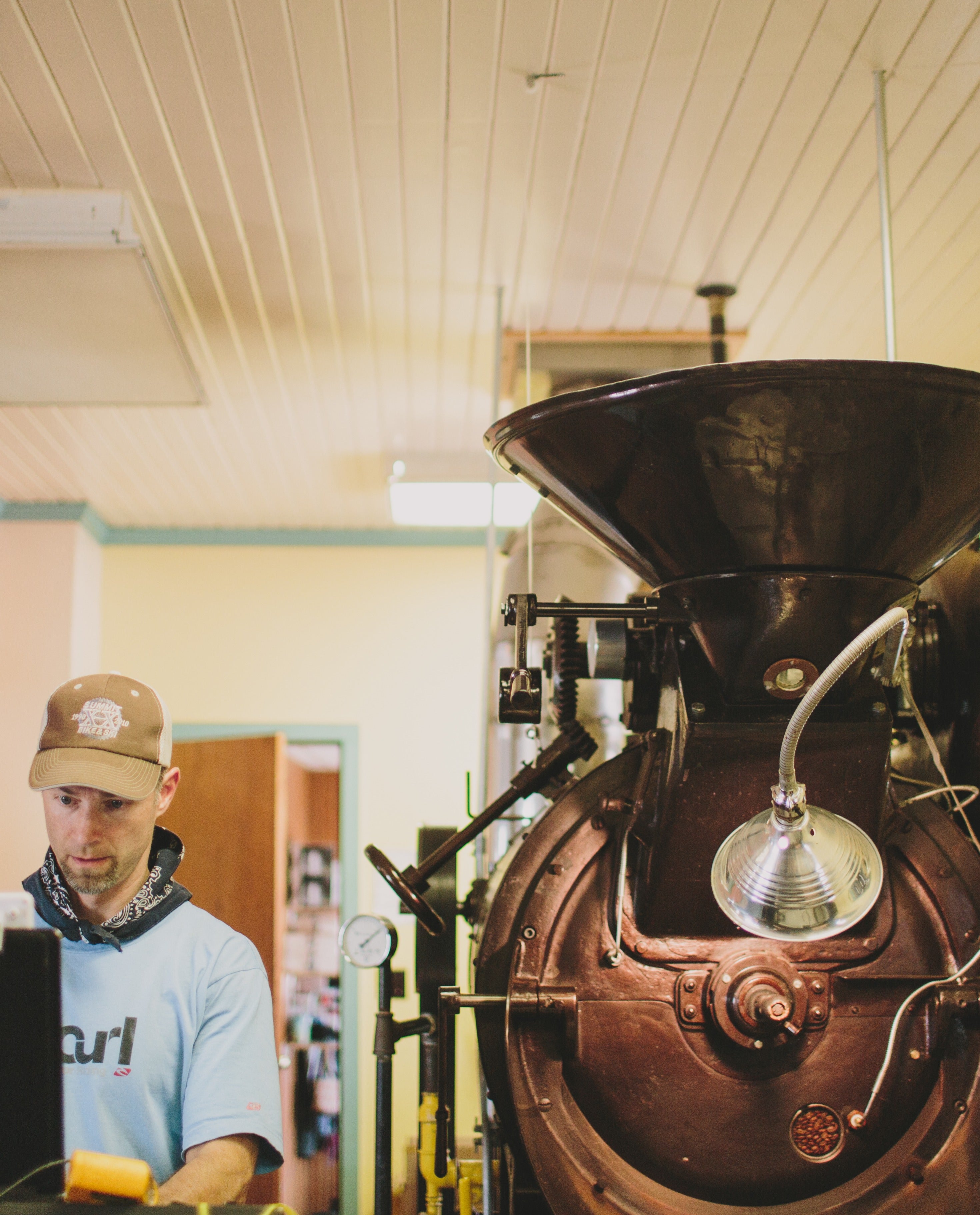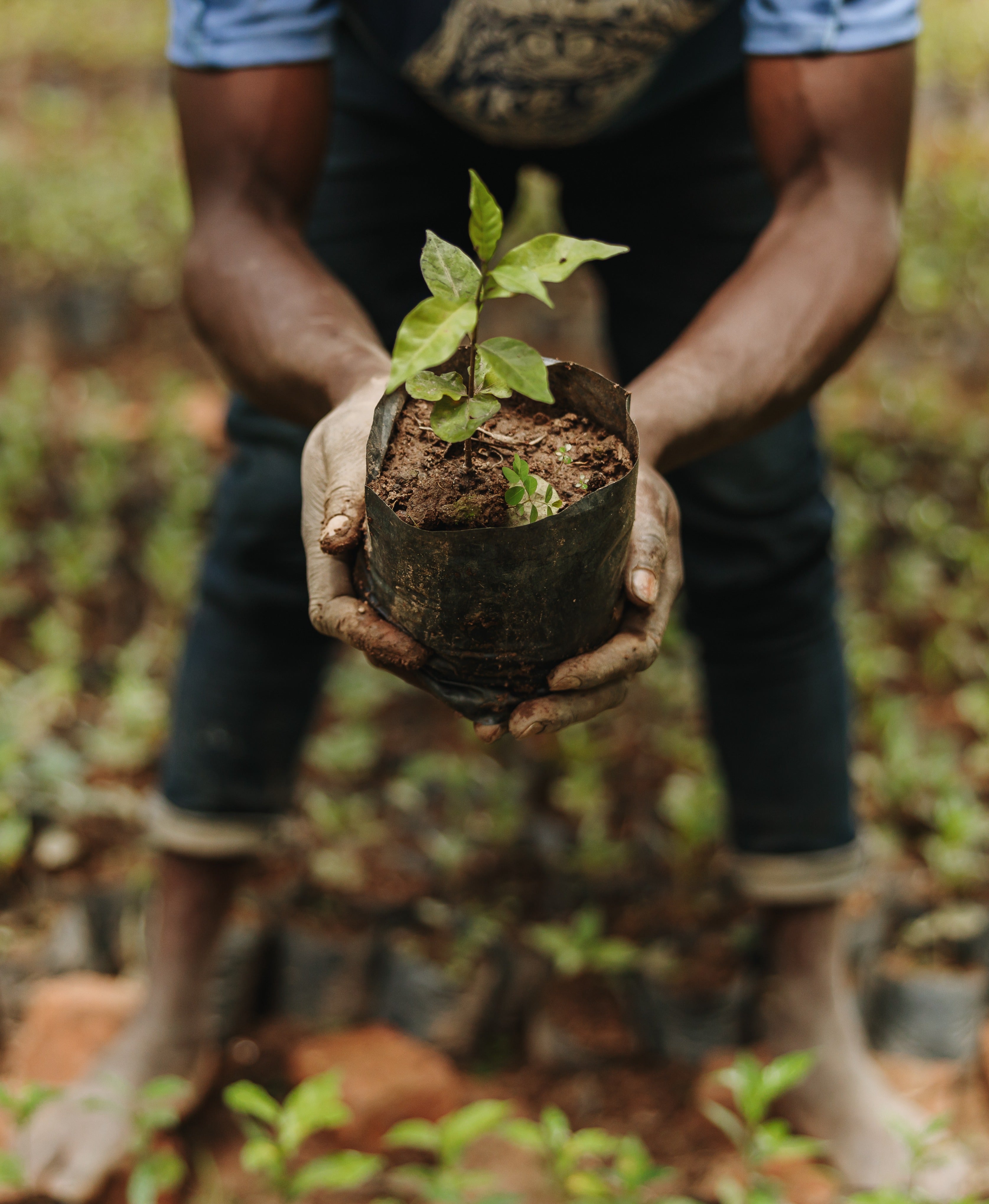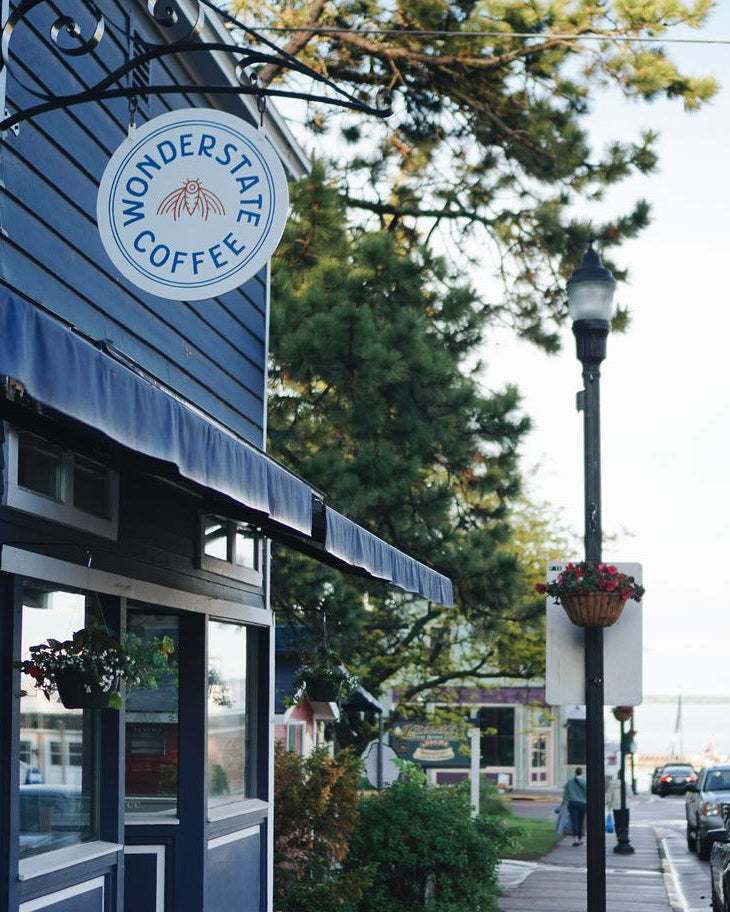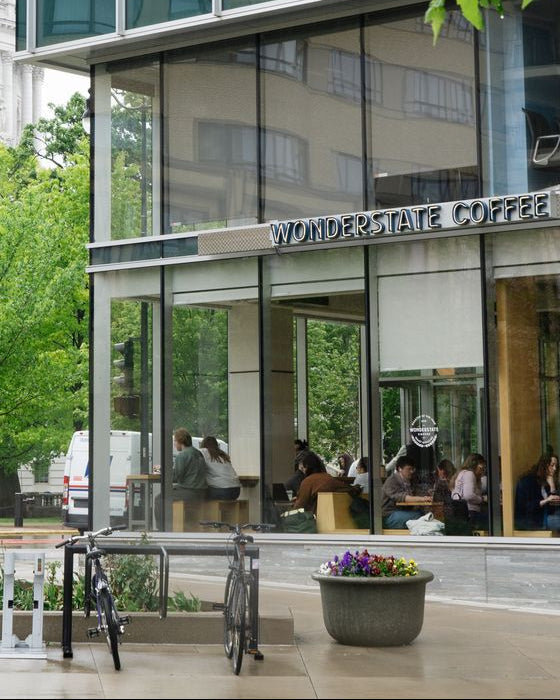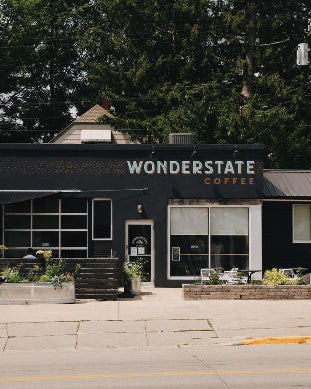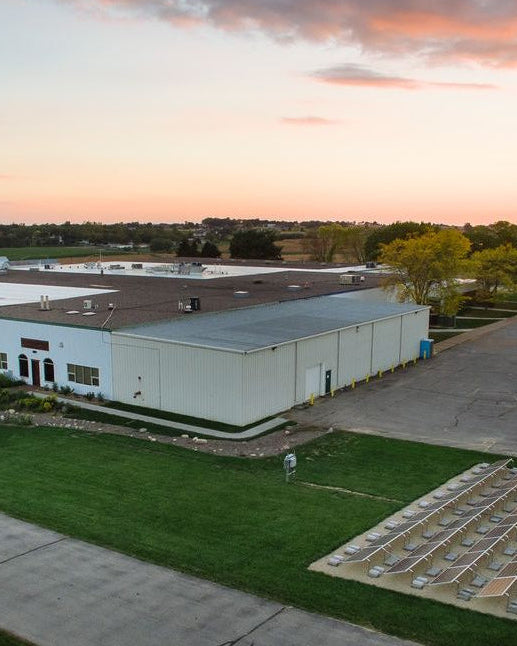
Marchers celebrate the first Indigenous Peoples Day in Berkeley, Calif. on October 10, 1992. Paul Sakuma/AP
The first Indigenous Peoples’ Day was celebrated in Berkeley, California in 1992, on the 500th anniversary of Columbus' first voyage. The intention was to correct a false and pervasive narrative reinforced by the uncomplicated and public celebration of a man who ushered in a period of genocide and brutal subjugation of Indigenous peoples.
As Malinda Maynor Lowery, a scholar of Native American history and member of the Lumbee Tribe of North Carolina, articulately and succinctly explains, “While Columbus Day affirms the story of a nation created by Europeans for Europeans, Indigenous Peoples Day emphasizes Native histories and Native people – an important addition to the country’s ever-evolving understanding of what it means to be American.”
Celebrating Indigenous Peoples’ Day offers us the opportunity to complicate a myth and tell a more honest, inclusive, and empowering story of the place we call home. Signing the holiday into law by executive order this week, Wisconsin’s Governor Tony Evers offered, “Native Americans in Wisconsin and throughout our country have suffered unjust treatment—often at the hands of our government—and today is about recognizing that Wisconsin would not be all that it is without Indigenous people.”
RESOURCES
To read Mallinda Maynor Lowery’s full article explaining the history of Columbus Day and the rise of Indigenous Peoples’ Day, head here.
To learn about local Indigenous territories and find out what Indigenous communities’ land you’re living on, check out Native Land and their iOS and Android compatible app in the app store.
For more about Wisconsin’s first official Indigenous Peoples’ Day and Governor Evers’ executive order, you can find articles in the Journal Sentinel, The Cap Times, and other local news sources.
For Native America Calling’s radio program about the growing momentum of celebrating Indigenous Peoples Day, listen here.
Read more
In the winter of 2003, our local community-supported radio station started as mere whisper by a group of local “radio activistas”. After an immense grassroots effort, WDRT was finally born 4 year...
An overseer sits in the shade while workers collect coffee beans on a Brazilian plantation, circa 1750. Hulton Archive/Getty Images The story of coffee, like most global commodities, is inex...

